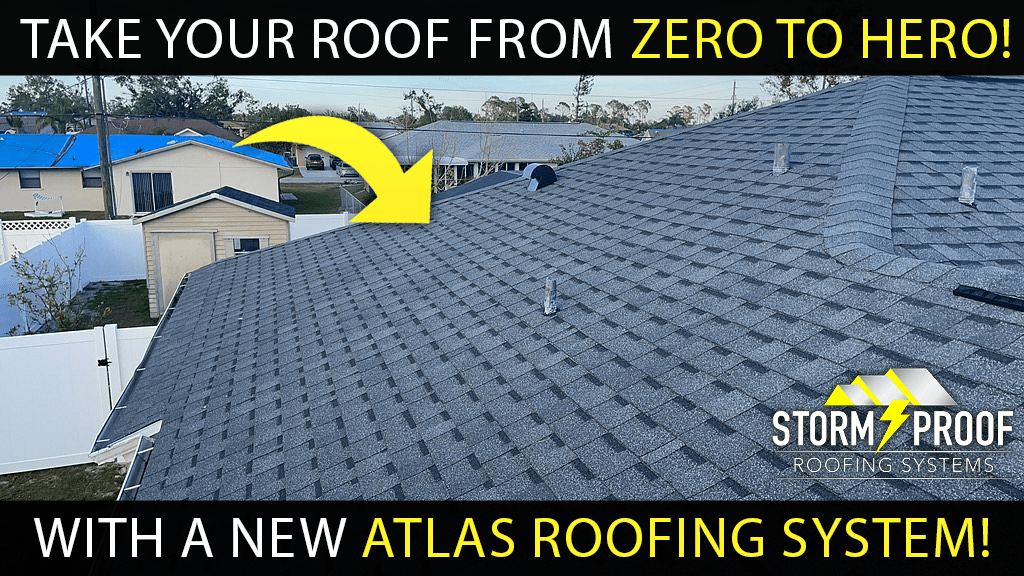Replacing your roof is a big undertaking, so we want to make sure you have all the information you need to plan for it. That’s why we’re going to walk through everything about the time it takes for a professional roof replacement job: how long each step will take, what you can expect in terms of timelines and processes, and more.
Replacing a roof can be a beauty-and-the-beast situation.
The length of time it takes to replace a roof varies depending on several factors. The most important ones are:
- Roof size
- Roof slope/pitch (i.e., how much the roof slopes)
- Number of layers/plys making up existing roof
- Size of property (number of floors/levels)
The larger and steeper your existing structure is, the more complex the job will be. Meanwhile, if you have multiple floors or levels to cover or if your home has multiple roofs, this can also add time onto your project timeline as well as increase costs since each section will require its own materials and labor costs.
How Long Does It Take To Replace A Roof?
How long does it take to replace a roof? It’s a question that many homeowners are asking, and the answer depends on several factors.
First, it depends on how much damage your current roof has suffered. If you’ve got major leaks or other issues that require immediate attention, then you’ll want to replace your entire roof quickly.
But if there are just small signs of wear and tear (such as missing shingles), then it may not be worth investing in an entire new replacement just yet.
Second, how skilled are you at DIY projects? If you’re not confident about completing this task yourself without hiring a roofing expert for guidance and assistance, then this could also affect how quickly you can get everything done.
Thirdly–and most importantly–how long does it take for someone else who is highly trained and experienced in doing this kind of work? This factor will vary depending upon where they live; however there are some general rules regarding how long such jobs typically take:

The length of time it takes to replace a roof varies depending on several factors, such as:
- The size of your roof. The larger the roof, the longer it will take to install.
- The slope of your roof. A steeper slope means more material must be removed and replaced, which takes more time than installing on a flat surface.
- The number of layers/plys making up existing roofing material and how much new material you need to install if replacing all or part of an existing structure (such as adding insulation).
- Size of property (square footage). Larger properties require more materials and labor hours than smaller ones do; this can increase costs significantly.
Roof size (sq. ft.)
The size of your roof will affect the time it takes to replace the entire thing. The more square feet, the more materials you need, and therefore the longer it will take. A larger roof also means more money spent on materials and labor–which can add up quickly!
Roof slope/pitch (steep roofs may need extra protective measures)
If you have a steep roof, it’s important to know that you will need extra protection for your home. The steeper the slope of your roof, the more likely it is that water can find its way into your attic and cause damage. You can’t have a steep roof without having some sort of protection in place because there isn’t enough room for water to run off quickly enough.
The easiest way to protect against this is by using special shingles called “high-slope” or “hardy” shingles that are designed specifically for steeply pitched roofs (sometimes called “pitched” or “angled”)–they’re thicker than regular asphalt shingles and come with special features like built-in ice guards along with UV protection coating on top so they won’t fade over time like cheaper options might do after many years out in direct sunlight exposure while also keeping moisture away from wood frame structures underneath them.”


